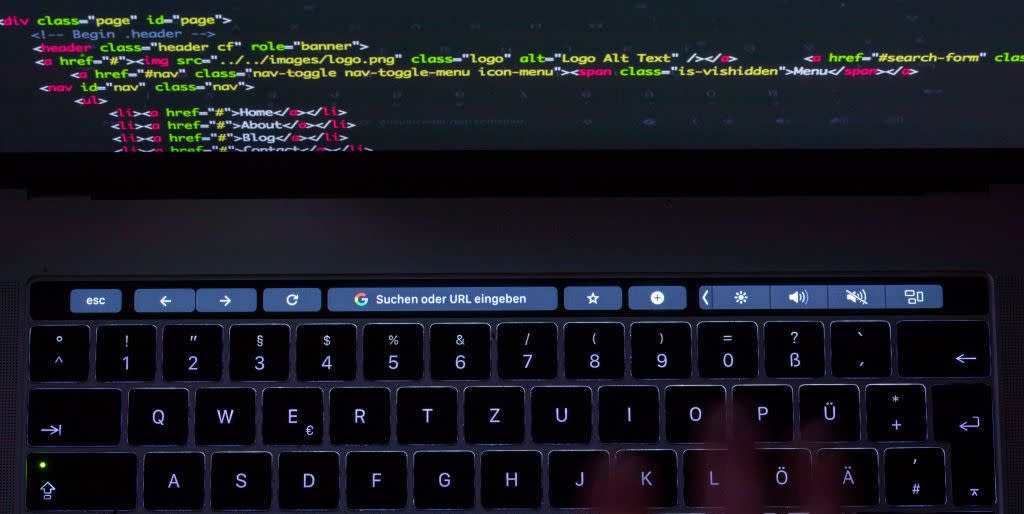Left to Their Own Devices, Pricing Algorithms Resort to Collusion

When you're browsing online, who sets the prices? An algorithm, most likely. A study from 2015 showed that a third of all items on Amazon had prices set by an algorithm, and chances are that percentage has only risen. A new study shows how easy it would be for price-setting algorithms to learn to collude with each other and keep prices at a disadvantage for customers.
This sort of collusion would stem from a certain type of algorithms, the researchers say. Reinforcement algorithms learn through trial-and-error. In the simplest terms, a walking robot would take a step, fall, and try again. These algorithms have often been used to teach algorithms to win games like Go.
"From the antitrust standpoint," say Professors Emilio Calvano, Giacomo Calzolari, and others from the University of Bologna in Italy, "the concern is that these autonomous pricing algorithms may independently discover that if they are to make the highest possible profit, they should avoid price wars. That is, they may learn to collude even if they have not been specifically instructed to do so, and even if they do not communicate with one another."
To test their theory they built two AI pricing agents and let them interact with each other. They found that "even relatively simple pricing algorithms systematically learn to play sophisticated collusive strategies."
At the beginning of their trial, the two algorithms fought against each other to lower prices. But that turned out to be temporary, rising again. Eventually, one of the algorithm started displaying "self-reactive behavior," which they call "a distinctive sign of genuine collusion, and it would be difficult to explain otherwise."
On the plus side, the researchers found that the collusion was "partial – the algorithms do not converge to the monopoly price but a somewhat lower one." On the less positive side, the collusion was stubborn and left no trace of evidence. "They learn to collude purely by trial and error," the researchers say, "with no prior knowledge of the environment in which they operate, without communicating with one another, and without being specifically designed or instructed to collude."
Their sample algorithms weren't trying to break any rules, they were simply learning the basics of capitalism through trial-and-error. Mistakes like are common in algorithms-Amazon knocked one out of its system that accidentally excluded women from job searches. To prevent price collusion, a similar sort of watchful eye would be needed.
Source: MIT Technology Review
('You Might Also Like',)

